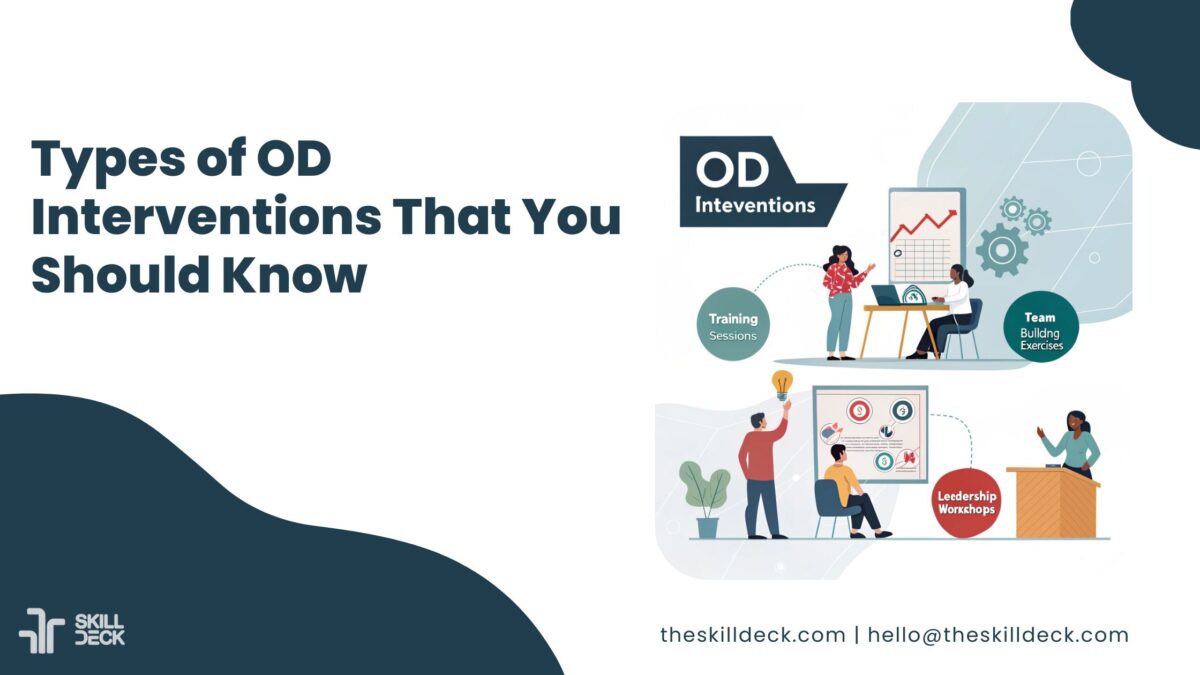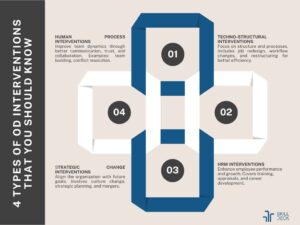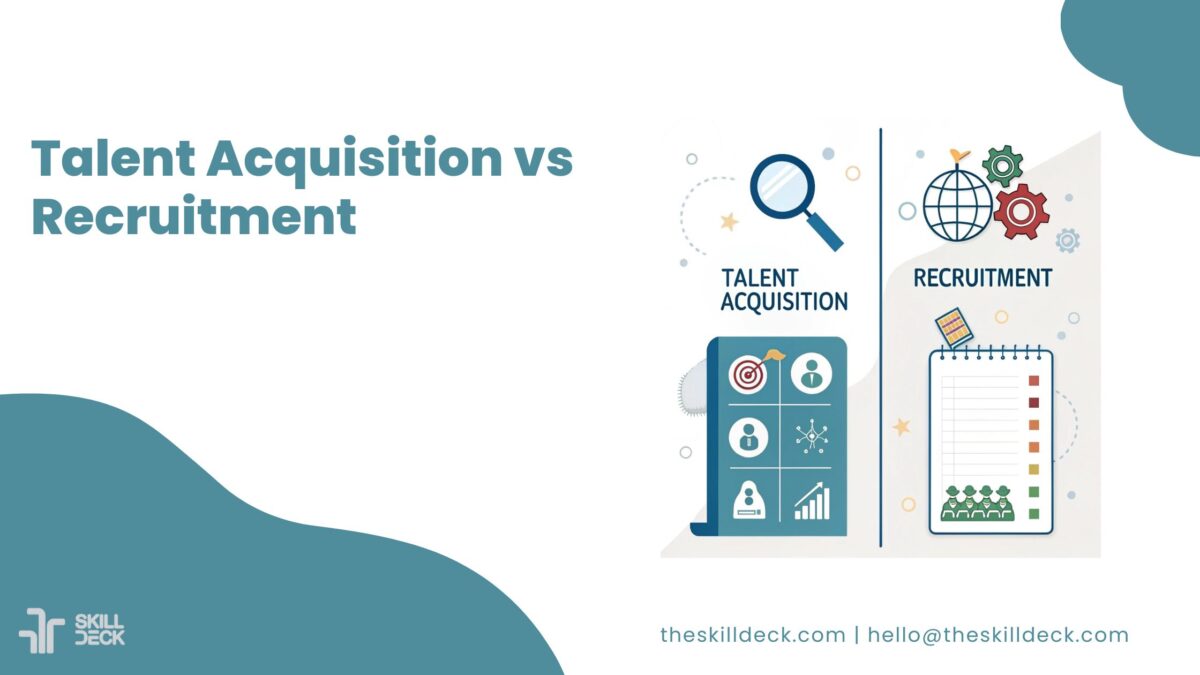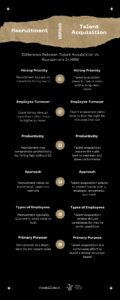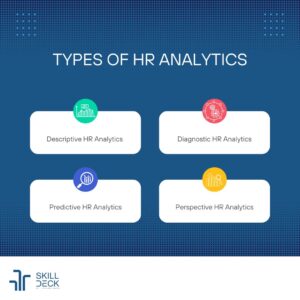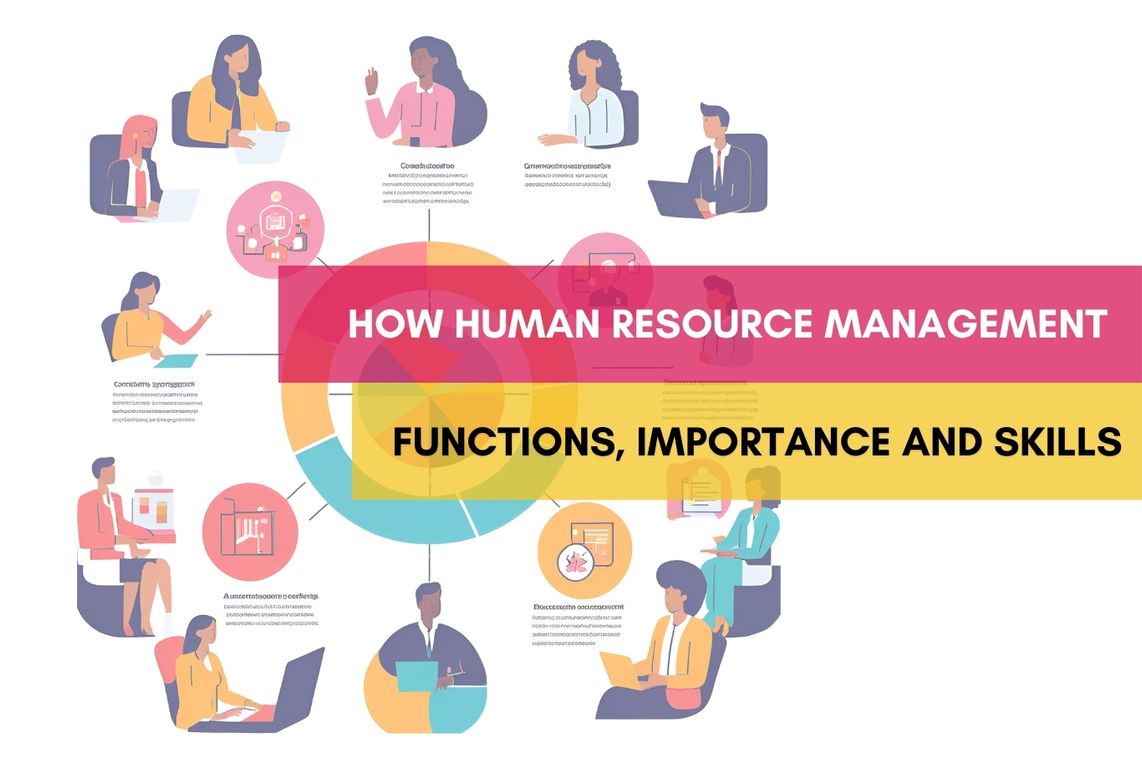Types of HR Audits: A Complete Guide to Strengthen Your HRM
Businesses go to extreme lengths to market themselves, whether through testing new products, researching competitors, initiating complete rebranding, or improving customer service. But what about the company’s internal health? Are your employees satisfied? Is the organization’s vision keeping up with the times? Is the company’s data safe from external threats? Are the company’s policies legally compliant?. The answers to these questions can be found through different types of HR audits, which we will discuss in this blog. They help the business overcome challenges, avoid risks, and capitalize on growth opportunities.
At SkillDeck, we segment the broad HR audit term into different HR audit types. Each type is concerned with optimizing specific human resource policies, regulations, procedures, strategies, and operations.
HR professionals use different types of HR audits, like compliance, policy, talent management, data security, and strategic audits, to create a thriving work culture, driven by updated information, efficient business strategies, and positive employee morale.
Let us discuss the 5 types of HR Audits in the following section
What Are The 5 Types Of HR Audits?
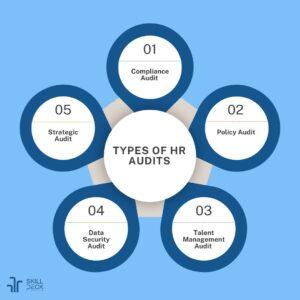
1. Compliance Audit
Of all HR audit types we can think of, compliance audit is undoubtedly the most important one there is. Why? because it ensures your company aligns with the rules, regulations, and policies at the local, state, national, and international levels. This audit ensures your organisation –
- Complies with workplace safety standards,
- Provides equal employment opportunities,
- Follows minimum wage, overtime laws
- Promotes communication transparency
- Has relevant licences and permits
- Follow the right advertisement protocols, etc.
Most importantly, compliance HR audits align HR practices and policies to the company’s vision and industry regulations. It is the best way to find areas where the company is lacking according to real-time laws and competitors’ positions.
2. Policy Audit
A company has its own set of policies and procedures about
- Hiring employees
- Rewarding accomplishments
- Conducting disciplinary actions
- Terminating employment
- Performance management and more
Which have to be aligned with the company’s end goal and industry regulations. Policy audits provide oversight on policy effectiveness and future scope to key members in the organization. This includes answers to questions about why the policies were created, how they are helping the organization, and how they can be improved.
3. Talent Management Audit
Talent management is an umbrella term for recruitment and selection, training and development, succession, employee relations, and compensation audits. The purpose of these types of HR audits is to find the best recruits who can become future leaders and contribute to a strong company culture.
A. Recruitment And Selection Audit
Talent acquisition specialists and recruiters use recruitment and selection audits to find gaps in the company’s hiring strategies and scale recruitment of the best talent in the market. During recruitment and selection audits, experts will –
- Check and repurpose employment policies
- Look for relevant additions to job descriptions
- Find faster resume screening methods
- Evaluate the need for technologies (like applicant tracking systems)
- Plan job advertising
- Brainstorm, faster application processing strategies
- Devise interview protocols
- Calculate hiring cost
B. Training And Development Audit
Training and development audits evaluate the company’s training and development programs on parameters like –
- Effectiveness
- Alignment with business goals
- Compliance with industry standards
- Performance data acquiring capabilities
You can use the data from the audits to determine whether the current procedures are effective or if the company needs new training and development programs that align with the current market climate. The training and development audits also determine potential returns from talent investment (employee performance and organisational productivity).
C. Succession Planning Audit
If you want to save time and financial resources, then you need to repurpose your succession programs. This enables your company to reward high-achieving employees with opportunities to secure higher positions within the company (instead of recruiting new candidates).
Succession Planning Audits –
- Confirms that the succession programs work as intended
- Highlight the inclusion of vital succession parameters for faster talent identification
- Bring flexibility to the company’s ability to fill vital positions
- Ensures alignment of succession programs to the overall company vision
D. Employee Engagement Audit
Employee engagement audits contain steps to address factors responsible for employee well-being in workspaces. It helps HR executives understand employees’ concerns or expectations. For instance, if staff need a raise, conflict resolution, paid time off, etc.
Employee engagement audits allow the organization to identify, address, and treat these issues through transparent communication and feedback sharing mechanisms. This results in higher employee morale, retention rate, and productivity.
E. Compensation And Benefit Audit
Compensation and benefits audits review a company’s reward system. This is an important step that ensures the company’s readiness in meeting employee expectations as per industry standards. A compensation and benefits audit is a detailed process concerned with
- Compensation fairness
- Compliance with labor laws and regulations
- Analysing the effectiveness of the compensation and benefit program
- Managing budget
- Implementing cost reduction strategies
4. Data Security Audit
Data security audits are one of the most frequently conducted HR audit types in HRM because of their importance in protecting employee and company information. Data security audits are necessary for
- Monitoring personnel’s access to company servers and technologies
- Encrypting sensitive data
- Updating company databases with new information
- Ensuring the effectiveness of current cybersecurity protocols
- Analysing the company’s readiness for new tech
- Complying with new data security laws
- Ensuring data accuracy
Data security audit uncovers shortcomings in present data, security policies, and their potential risks, giving concerned parties enough time to put together protective measures.
5. Strategic Audit
While a Strategic HR audit incorporates key elements from every Audit type discussed above, it also addresses areas such as risk management, culture development, workforce planning, and leadership. HR executives conduct this audit to align the company’s practices with long-term goals. This audit has multiple applications in analyzing policy impact and identifying areas for improvement. Many businesses report an increase in operational output, efficient resource utilization, higher employee productivity, and lower risks after a strategic HR audit.
All these types of HR audits help you make data-driven human resource decisions.
Enrolling in SkillDeck’s expert-led HR Audit Program will give you first-hand experience of all types of HR audits. You will learn to use them to uncover compliance gaps and data security issues, optimize in-house operations, and boost employee contribution.

